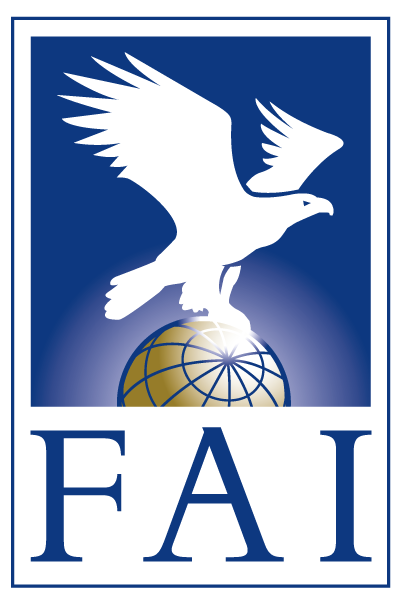Book Article about 2nd Coupe Aéronautique Gordon Bennett
From the Book: Die Gordon Bennett Ballon Rennen
(The Gordon Bennett Races) by Ulrich Hohmann Sr
According to the rules, the race had to be launched in the USA. Frank P. Lahm, 30 year old Lieutenant in the signal-corps of the US Army, had created the presupposition by his victory the year before. He made ballooning popular in the United States and several officers from the Army and Navy got the required licenses, so that the United States also was able to nominate three teams. Frank P. Lahm was qualified, but had to withdraw for reasons of health. He was replaced by Major Henry B. Hersey from the weather-office of the Army, who had just passed his pilot check-out.
The still young American aero club had appointed a special committee to do all the preparations. They did a perfect job. In those days, a journey to America was tedious, crossing the Atlantic and the transportation of the balloon was expensive. So only competitors from four nations for a total of nine balloons showed up at the launch.
Special exemptions from customs were made for the European competitors. The Secretary of the Treasury had ordered, that the balloons of the Gordon-Bennett competitors may be imported duty-free, if they leave the country again within the next six month.
St.Louis was a very favourable place for the launch. The competitors would become able to cover much more distance that in the year before, until the sea would limit them. The shortest distance from St.Louis to the sea at the Gulf of Mexico is 1120 km, to the east there are 1420 km to the Atlantic Ocean and to the west as much as 3680 km to the Pacific. The results will prove, that this advantage was well used.
Until take-off the Americans took the very best care for their guests. At the launch-field all preparations had been done and the gas-factory (Laclede Gas Light Co.) had promised an extra-light-weight lifting gas (0,39 kg/cu m), to allow long flights. Therefore the launch, scheduled originally for October, 19th had to be postponed for two days. The gas-factory explained, that it will be possible only on a Sunday, to empty the gasometer completely to have it filled with the special light gas.
The gasometer contained 4.000.000 cubic feet (133.000 cu m). The gas was driven by strong pumps through a 24 inch main tube to the launch field a quarter mile away, where several branches delivered it to the balloons. The complete inflation was finished (with a interruption) in a little more than one hour. The “New York Herald” gave a large number of telegrams to the competitors, to have them dropped from the balloons. This was tried to collect permanent information about the tracks of the balloons.
At first the German balloon POMMERN with his pilot Erbslöh took off. The others followed close behind, 3 Americans, 2 French, 1 English and another 2 Germans. The two Englishmen, Charles S. Rolls (the car-manufacturer) and Professor Huntington were also nominated, but did not show up at launch. The rule, that the crew of a balloon has to prove the same nationality as the country nominating them, was introduced later. So Erbslöh took off with Henry Helm Clayton, an American, as co-pilot.
In those days it really paid, coming out of the Gordon-Bennett-Race as a winner. Besides the silver table-top, the challenge-trophy sponsored by Gordon Bennett, he paid the winner 10.000 Goldmarks cash and he got another 8000 Goldmarks from the entry-fees. The second got 4000 Goldmarks, sponsored by the brewery-owner Adolphus Busch. Number 3 got 3000 Mks. from the United Railways, Nr. 4 still 2000 Mks. from B. Nugent Dry Goods Company, and number 5 1000 Mks. from the German-American-Press-Association. For comparison: A year before, the so-called “Hauptmann von Köpenick” had lifted the town treasurers office of Köpenick near Berlin, the municipal fund contained exactly 4000 Mks. and 70 Pennys.
Erbslöh flew immediately to a higher altitude, where he found the winds from the southwest, he had been looking for. In the lower levels, the balloons were driven to the northwest, at an altitude of 1500 m the winds turned. After a short time, all balloons had vanished out of sight for the spectators. It would take more than 40 hours, until the landing-reports came in.
Oscar Erbslöh won the race. Before we let him tell in his own words, some remarks about his person: Born April 21st, 1879, died July, 13th, 1910 in the accident of the airship ERBSLÖH (2900 cu m, 125 hp, 12-13 m/sek.) over Leichlingen of which he had been a co-builder. With him died 4 of his crew. In sport-ballooning he was president of the Wuppertal section of the “Niederrheinischen Verein für Luftfahrt”.
Return to 2nd Coupe Aéronautique Gordon Bennett
